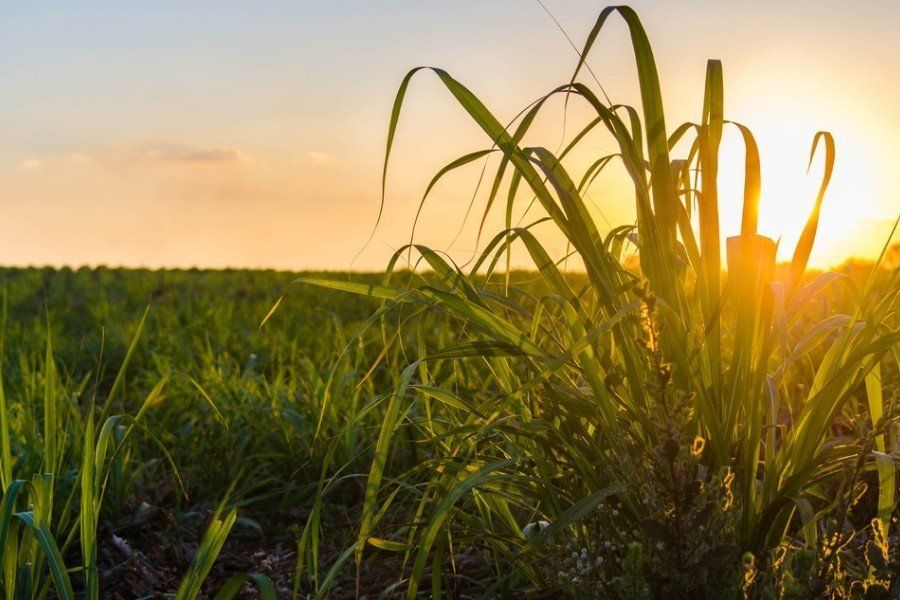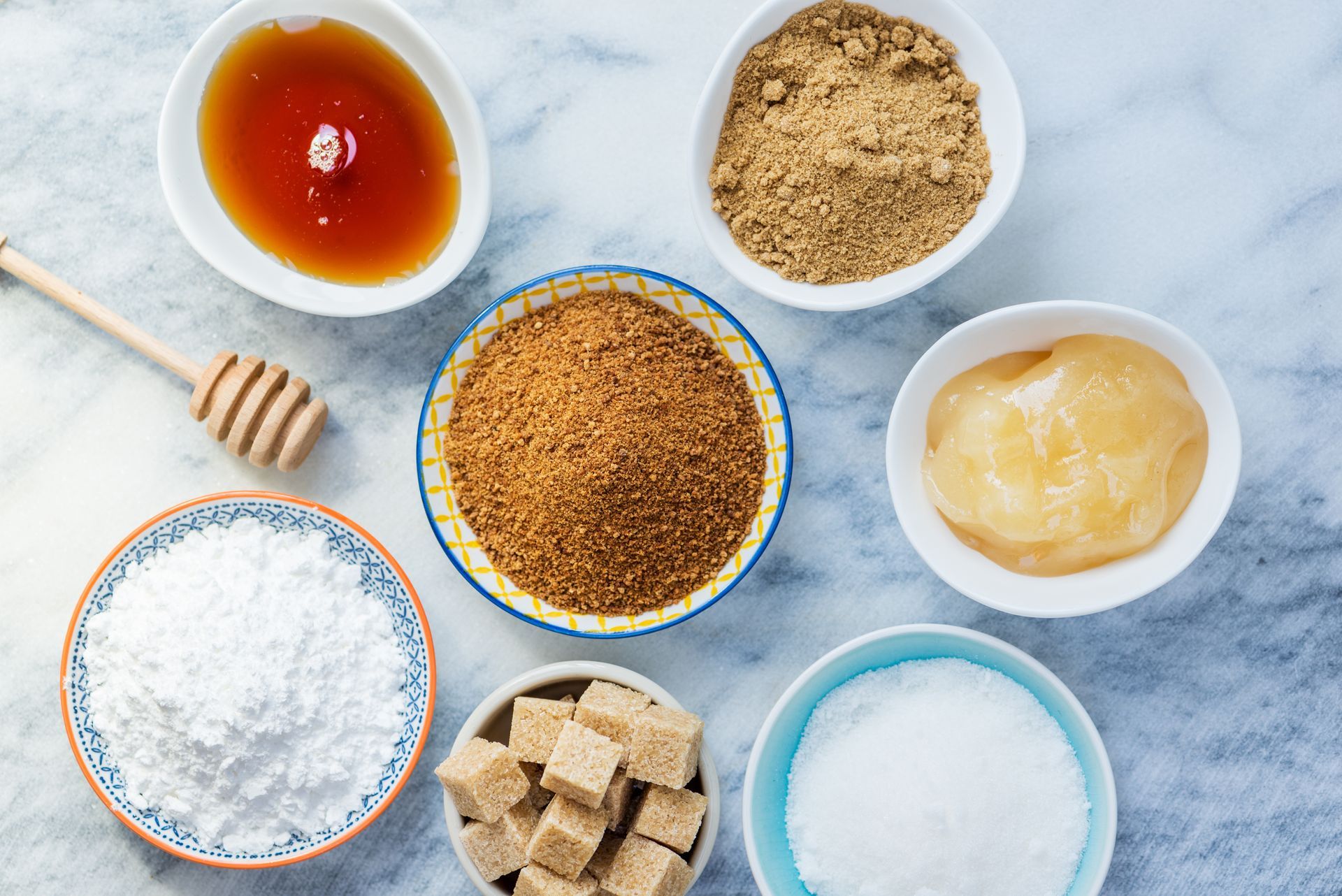Why is Sugar a Government Subsidized Commodity?
Why is Sugar a Government Subsidized Commodity?

Sugar is an indispensable part of everyday life. From its use as a sweetener to its functional properties as a preservative, bulking agent, and texture modifier, the American food industry relies on a consistent supply of quality sugar. Despite fluctuating dietary trends, the external uses of sugar are plentiful, and few people (if any) would honestly be able to live a sugar-free life.
Follow along in the content below as we explore why sugar is a government-subsidized commodity, including the benefits of the U.S. Sugar Program and the ramifications of sugar as a free-market commodity.
What is a Government Subsidized Commodity?
By definition, subsidies are financial benefits provided by the government to a specific industry or organization. These financial benefits could include loan guarantees, tax concessions, stock purchases, or cash subsidies. As one may assume, subsidized industries are those the government wants to promote through production and consumption, such as housing, agriculture, oil, and U.S. farm exports.
Sugar is one such subsidized commodity! Sugar’s federal commodity support program is aptly named the U.S. Sugar Program.
What is the U.S. Sugar Program?
Originating with the Agriculture and Food Act of 1981, the U.S. Sugar Program maintains a minimum price for sugar with the goal of protecting sugar-industry growers and processors. As with any government-subsidized commodity, governments often need to raise or reallocate taxes to manage funds. The U.S. Sugar Program seeks to minimize this.
The Western Sugar Cooperative explains how the Sugar Program works with limited cost to taxpayers:
…The U.S. Department of Agriculture (USDA) has three tools at its disposal. The agency can 1) slow the flood of foreign imports to those required by our trade agreement obligations (note: Mexican imports are unlimited under NAFTA), 2) limit the amount of sugar American farmers can sell, and 3) divert surpluses caused by excessive imports into non-food use.
The tools outlined above effectively restrict the amount of sugar available. By restricting supply to the U.S. market, the government maintains low, stable pricing for processors and consumers.
What Are the Benefits of the U.S. Sugar Program?
The maintenance and protection of domestic sugar industries have long been viewed as an important goal across the world. Why? Primarily because sugar is so essential to everyday life. What are the additional benefits of the U.S. Sugar Program?
#1. Protects the American Food Industry
Sugar is a core component of the American food industry! Nearly 60% of food items purchased in grocery stores contain some form of added sugar – from maple syrup to agave juice. A rift in the sugar industry would impact over half of all American food items.
#2. Provides Stable Sugar Prices for Consumers
Consumers expect to pay a certain amount for sugar at the grocery store. The Sugar Program encourages consistency. Restaurants and bakeries expect stable sugar prices when purchasing sugar products in bulk. Sugar price stability has far-reaching implications.
#3. Serves as a Loan Program Without Raised Taxes
As previously mentioned, though sugar is a government-subsidized commodity, the subsidy does not result in raised taxes for consumers.
#4. Provides Good Sugar Prices for Consumers
Beyond consistency, however important, the Sugar Program provides good sugar prices for consumers.
At this point, we should address a question we frequently answer:
Does protecting U.S. sugar producers (via the subsidiary) drive up the price?
Comparative to a few other industrialized countries, namely Australia and Canada, yes. However, compared to most other industrialized countries, U.S. sugar is competitively priced.
#5. Benefits the Economy
As the U.S. Sugar Program protects the distribution and consumption of sugar, the sugar industry gives back to the economy:
- The sugar industry adds $20 billion to the economy every year.
- The sugar industry provides 372,000 jobs both directly and indirectly.
- 42 states offer jobs related to the sugar industry.
What Would Happen if Sugar Was Left to Free-Market Forces?
Unfortunately, history has demonstrated what might happen if sugar was left to free-market forces. Pricing would likely fluctuate widely, causing inconsistent supply. After all, supply and demand are inevitably linked, and a sudden adjustment in one or the other would create a rift in stability.
In the sugar industry, stability is crucial. In many countries, forms of market control and “protectionism” have evolved to create stability. Such mechanisms are often faulty. Why? Because the individuals who create these forms of market control often propose competing agendas, inevitably compromising over solutions.
Certain industries, such as sugar, must be purposed to thrive and survive with government-imposed stability. The U.S. Sugar Program is one such tool.
Indiana Sugars
At Indiana Sugars, we have over 90 years of experience as bulk sugar product providers, known for our timely delivery, operational excellence, and high-quality products. We take pride in knowing the businesses we serve, often going above and beyond to meet the specific, long-term needs of a customer.
If you are interested in learning more about our selection of products, browse our inventory or get in touch with our team! Give us a ring at 630.739.9151 or complete our online contact form. A specialist will be in touch shortly.










